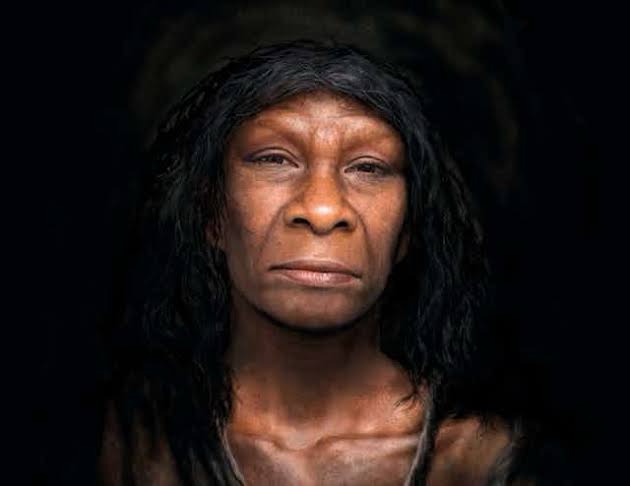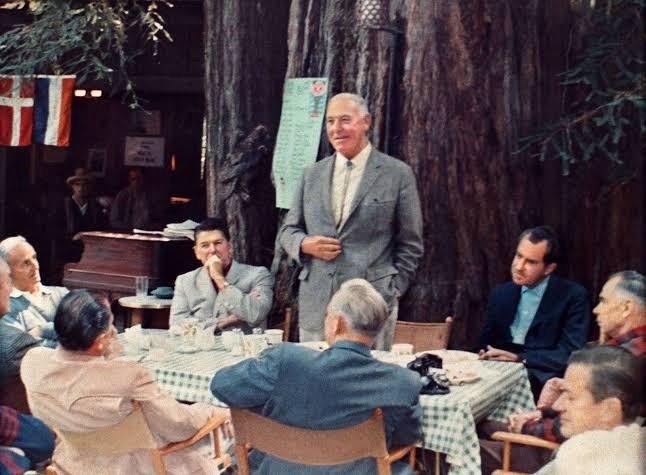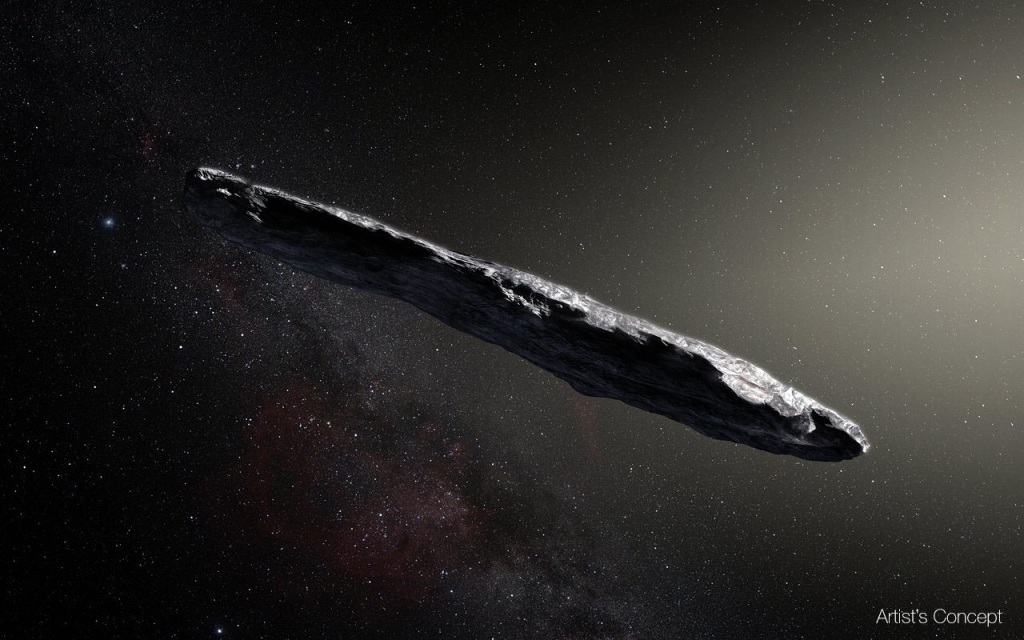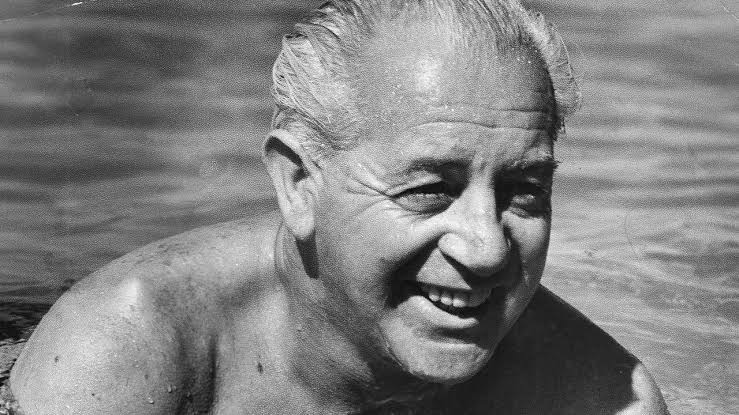
Just over 40,000 years ago the globe was home to several human-like species. The most prominent of the bunch in recent times were the Neanderthals and Homo Sapiens.
Both originating from different parts of the world the two species were conditioned suitably for the environments they evolved in. The earliest evidence of the Neanderthals date back to just over 300,000 years ago.
With the two most prominent human-like species sharing the globe, the Neanderthals faced challenges that would result in their physical extinction forever.
For reasons unknown the species would never recover, leaving Homo Sapiens to completely dominate the world for millennia to come. So what really happened to the Neanderthals?
Climate Change
A plausible suggestion is the rapid alterations of the climate, making Neanderthals incapable of keeping up.
Climate records gathered from stalagmites show that two extremely cold periods correlate to the disappearance of Neanderthals. These cold periods lasted both 1,000 years and 600 years where average temperatures were below zero.
Some also suggest natural disasters, like an enormous volcanic eruption or other catastrophic event.
Violence
The physicalality of Neanderthals were larger than modern humans. This also included their brains. However, researchers at the Max Planck Institute of Molecular Cell Biology and Genetics discovered a genetic mutation that creates a faster creation of neuron’s in Homo Sapien brains.
This meant Homo Sapiens were developing ideas faster, and their brains were accustomed to react efficiently. The Neanderthal brains were wired for different purposes, most likely to keep up with their large bodies.
“We’ve identified a gene that contributes to making us human.”
Weiland Hunter talking about the TKTL1 gene
The advancement of the modern human brain meant more tactics could be used to attack Neanderthals in events related to competition of food or to take over land. There are some claims that Homo Sapiens wiped out any Neanderthals that they made contact with to ensure safety. Much like us today.
Neanderthals also liked to travel in smaller groups compared to Homo Sapiens, which more simply means the Neanderthals were outnumbered in combat.

Interbreeding
With lower number of Neanderthals already prevalent, the act of interbreeding with Homo Sapiens would only assist in the contribution of Neanderthal extinction. This meant Neanderthals were adding to the modern human race and not continuing their own bloodlines.
“We propose that this behaviour could have led to the Neanderthals’ extinction if they were regularly breeding with Homo Sapiens which could have eroded their population until they disappeared.”
Professer Chris Stringer in the Natural History Museum’s research of Human Evolution
What Really Happened?
It might very well have been a contribution of all these factors that resulted in the Neanderthals vanishing. With research so far we may never truly know what makes this one of the greatest mysteries of all time – the entire disappearance of a subspecies human race.




Leave a comment